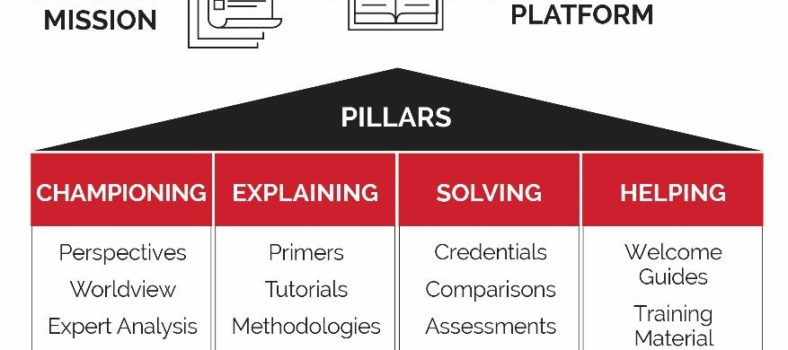 By David Hardisty
By David Hardisty
It’s no secret that for consumers, product upgrades can be a huge draw. After all, who wouldn’t prefer a direct flight over one with multiple stops, or a hard drive that can store more data or a charitable donation that does more good?
For businesses, those premium offerings can be just as beneficial, because they encourage customers to spend more, which boosts earnings. But according to our research, it’s not only how much companies charge for those upgrades that decides whether a consumer will answer yes or no: it’s how they ask the question.
Imagine a customer is booking a plane ticket. The airline offers a flight for $200, but it involves a two-hour layover or there’s a direct flight for $250. Put another way, the customer can book a regular ticket for $200 or upgrade to a direct flight for $50 more.
Which scenario is more appealing to consumers? According to our study, When “More” Seems Like Less: Differential Price Framing Increases the Choice Share of Higher-Priced Options, when the extra cost is expressed as an add-on—that is, the direct flight costs $50 more—consumers are far more likely pay for the premium option.
But the effect doesn’t only work with plane tickets. Through multiple studies involving participants from a range of ages, incomes and education levels, we found it applies whether participants are being asked to donate to a local food bank, buy a computer monitor, choose an external hard drive, subscribe to a newspaper or even order breakfast.
Why framing the pricing works
So why is it that consumers are consistently more drawn to add-on prices? In short, it boils down to the size of the numbers.
Using the airline example, customers may experience a bit of “sticker shock” when they see $250. They may feel it is too expensive, and opt for the cheaper flight based on this feeling. However, when they see “$50 more”, it doesn’t feel as expensive, and people are more likely to choose the upgrade.
Mathematically the prices are the same and consumers understand that. But intuitively the add-on price feels less expensive.
The effect also works with socially-conscious purchases—so if someone buys coffee and it’s $4 for regular or $6 for fair trade—they’re more likely to opt for the pro-social upgrade if it’s expressed as “$2 more.”
Interestingly, the strategy is effective even when the upgrade isn’t a particularly good deal. So, if an airline charges $300 for a connecting flight from New York to Los Angeles, or non-stop for $650, customers would be more likely to accept the higher fare if it’s expressed as “$350 more.”
Strategy limitations
But before businesses overhaul their pricing strategies, it’s important to note there are some limitations. First, the effect only applies to pricing, as opposed to upgrades in quantity or quality.
For example, if an electronics shop is selling two- and four-terabyte hard drives, customers won’t be more drawn to the four-terabyte hard drive if that upgrade is presented as “two terabytes more.” (Because two is a lower number than four, the add-on version could even be perceived as a less appealing).
Second, the add-on pricing effect doesn’t work on everyone. People who are very careful and deliberate when making decisions—known as “systematic decision makers”—tend to naturally compare the prices, whether they’re expressed as higher inclusive prices or as add-ons. In other words, they intuitively see both prices as the same.
Implications and recommendation
Add-on pricing is common in practice, but our study is the first of its kind to examine the effect and explain why it works. And it could have significant implications for marketers across a range of industries, in particular those offering high quality products and services.
Our study found that some managers can be resistant to this pricing strategy: ironically because it makes them feel like they’re not earning as much. (If you earn “$50 more” on that $200 flight, rather than earning $250, the increase in earnings doesn’t seem as significant).
But because consumers want the highest quality offerings at the lowest possible prices, and businesses typically earn higher margins on upgraded versions of their products and services, we recommend trying the additional price framing approach when promoting higher-quality items.
Otherwise marketers could be inadvertently subtracting from the bottom line.
David Hardisty and Dale Griffin from the University of British Columbia Sauder School of Business co-authored “When “More” Seems Like Less: Differential Price Framing Increases the Choice Share of Higher-Priced Options”, with Thomas Allard from the Nanyang Technological University. The study (https://bit.ly/2MK03OJ) was recently published in the Journal of Marketing Research.


